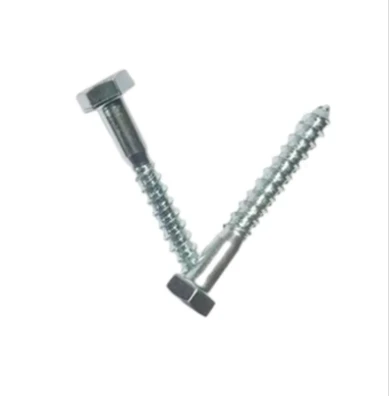নভে. . 29, 2024 14:54 Back to list
Hex Nut Torque Specifications and Guidelines for Optimal Tightening Performance
Understanding Hex Nut Torque Charts A Comprehensive Guide
When it comes to mechanical assemblies, ensuring the proper tightening of fasteners is crucial for the integrity and performance of any structure or machinery. One commonly used method to achieve this is through the application of torque to hex nuts. A hex nut torque chart provides vital information on the recommended torque values to be applied to hex nuts of various sizes and materials. This article delves into the significance of these charts, how to read them, and some best practices for using torque on hex nuts.
What is Torque?
Torque is a measure of the rotational force applied to an object, in this case, a hex nut. The torque applied directly affects the clamping force of the fasteners, which is essential for holding components together securely. Applying too little torque can lead to joint failure due to loosening, while applying too much can result in stripping threads or even breaking the fastener.
The Role of Hex Nut Torque Charts
Hex nut torque charts outline the appropriate torque values for different sizes and grades of hex nuts. These charts take into account several factors, including
1. Fastener Size The diameter of the hex nut influences how much torque should be applied. Larger nuts generally require more torque. 2. Material Grade Different grades (like Grade 2, Grade 5, and Grade 8) have varying tensile strengths, which means they can withstand different levels of torque without failing.
3. Lubrication The presence of lubricants can reduce friction, which allows for different torque values to be used. Some charts specify the torque needed for lubricated versus non-lubricated fasteners.
4. Thread Condition The state of the threads (clean, rusty, or damaged) can affect the torque needed; charts often assume threads are in good condition.
How to Read a Hex Nut Torque Chart
A typical hex nut torque chart displays the following information
hex nut torque chart

- Nut Size This is generally indicated by the diameter and thread pitch of the nut (e.g., 1/4-20, 3/8-16). - Torque Values The torque is usually presented in foot-pounds (ft-lbs) or Newton-meters (Nm).
- Grade Specifications The chart may provide separate torque values based on the fastener grade (e.g., a Grade 8 nut requires more torque than a Grade 5 nut for the same size).
To use the chart, simply locate the size of the hex nut you are using, check the applicable grade, and find the recommended torque value for that combination.
Best Practices for Applying Torque
1. Use a Torque Wrench Always use a calibrated torque wrench to ensure you are applying the correct amount of torque. This tool allows for precise measurement and helps prevent over-tightening.
2. Follow Manufacturer Specifications Check the assembly or equipment manufacturer’s specifications, as they may provide unique torque requirements that deviate from standard charts.
3. Apply Torque Gradually When tightening, apply torque gradually and evenly to avoid any stress concentrations that might weaken the assembly.
4. Re-check Torque It's a good practice to check and re-tighten the torque after a period of use, as fasteners can loosen over time due to vibration and thermal cycling.
5. Monitor Environmental Factors Be aware of environmental conditions such as temperature and humidity, which can affect the material properties of both the fasteners and the components being tightened.
Conclusion
Hex nut torque charts are invaluable tools in the field of mechanical assembly, providing essential torque specifications to ensure joint integrity and performance. Understanding how to read these charts and apply torque correctly can prevent costly failures and enhance the safety of mechanical systems. By adhering to best practices and utilizing the information provided in torque charts, engineers and technicians can enjoy improved reliability in their mechanical assemblies.


